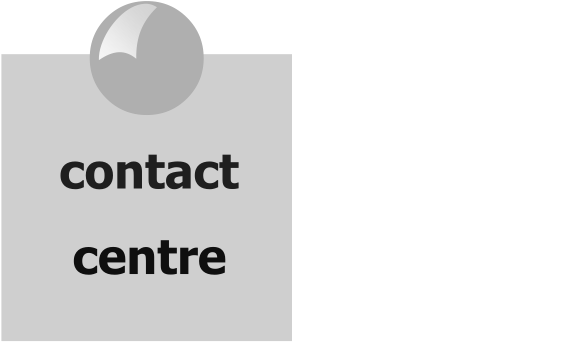The implications for CIOs are huge, whether you happen to be a CIO who decides to own that chief data officer role, or whether you will find yourself working alongside a new chief data officer. As most CIOs know, the talent out there to spin big data into gold is scarce. According to Gartner Inc. on the topic of big data, that scarcity is poised to become a worldwide famine. In two years’ time, Gartner calculates, 4.4 million IT jobs globally will be created to support big data, generating 1.9 million IT jobs in the United States alone. On top of that, every big-data-related role in the U.S. will create employment for three people outside of IT, for a total of 6 million IT-related jobs. Measured by the current talent shortage, however, only a third of those IT jobs will be filled.
“IT leaders will need immediate focus on how their organisation develops and attracts the skills required. These jobs will be needed to grow your business. These jobs are the future of the new information economy,” according to Gartner’s global head of research.
The call to arms for CIOs is just the latest evolution of a job that continues to mutate at mind-boggling rates. Just a decade ago, the best-in-class CIO was someone who could successfully implement a big enterprise software application — and then, the mandate was often for a person with a particular skill in a particular product — Oracle or PeopleSoft or SAP. The marksman CIO was quickly replaced by the “operational CIO,” the enterprise engineer who could build a functional utility, a crackerjack IT infrastructure that made the business run on time: Networks stayed up, email worked, financial reports did not run afoul of regulations. Operational CIOs broadened their reach into shared services, rationalising, automating and centralising administrative functions across the enterprise to free up their executive peers in finance, HR and legal to focus on the big stuff.
“In the new paradigm, the CIO is very much expected to do all the things just mentioned exceedingly well, but also be accountable for driving innovation — and in many cases interacting directly with customers in the market. That is a very different profile than three years ago, let alone seven or 10 years ago,” said Craig Ashmole, Founding Director of London based CCServe Limited. “The new CIO is likely to be less technical but have a strong commercial business head, and comfortable with the ability to manage the board level stakeholders, while also being a politician.”
It is likely that in many enterprises, the burden of the CIO will be lifted by splitting the job into two: CIO and chief data officer. But as these changes are put into the works, CIOs will want to be among those deciding whether the CIO takes on subordinates to fulfill this data management need, or whether an equal-level colleague is put in place to handle these data decisions. Of course, in the information age, there is always a “next big thing,” and another CDO — the chief digital officer — is waiting in the wings.


Recent Comments